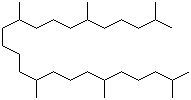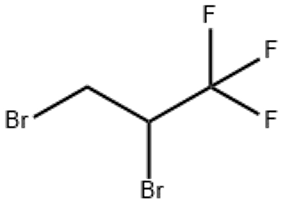Allyl hexanoate(CAS#123-68-2)
| Risk Codes | R22 – Harmful if swallowed R24 – Toxic in contact with skin R51/53 – Toxic to aquatic organisms, may cause long-term adverse effects in the aquatic environment. |
| Safety Description | S36/37 – Wear suitable protective clothing and gloves. S45 – In case of accident or if you feel unwell, seek medical advice immediately (show the label whenever possible.) S61 – Avoid release to the environment. Refer to special instructions / safety data sheets. |
| UN IDs | UN 2810 6.1/PG 3 |
| WGK Germany | 2 |
| RTECS | MO6125000 |
| HS Code | 29159080 |
| Hazard Class | 6.1(b) |
| Packing Group | III |
| Toxicity | The acute oral LD50 in rats was 218 mg/kg and in guinea-pigs 280 mg/kg . The acute dermal LD50 for sample no. 71-20 was reported as 0-3ml/kg in the rabbit |
Introduction
Propylene caproate. The following is an introduction to the properties, uses, preparation methods and safety information of propylene caproate:
Quality:
It is combustible and can produce toxic fumes when exposed to heat or open flames.
Propylene caproate is stable at room temperature, but oxidizes in sunlight.
Use:
Propylene caproate is an important chemical raw material, which is widely used in paints, coatings, adhesives and plastic products.
It acts as a solvent, diluent and additive to provide a good coating surface finish and plasticity.
Method:
Propylene caproate is generally synthesized by esterification of caproic acid with propylene glycol. The specific synthesis method can be a heating reaction, in which caproic acid and propylene glycol are reacted under the action of a catalyst to form propylene caproate.
Safety Information:
Propylene caproate is a flammable liquid and should be protected from open flames, high temperatures, and sparks.
During the operation, protective gloves and glasses should be worn to avoid contact with the skin and eyes to avoid irritation or injury.
In case of accidental inhalation or contact with propylene caproate, move immediately to a well-ventilated area and seek immediate medical attention if unwell.








